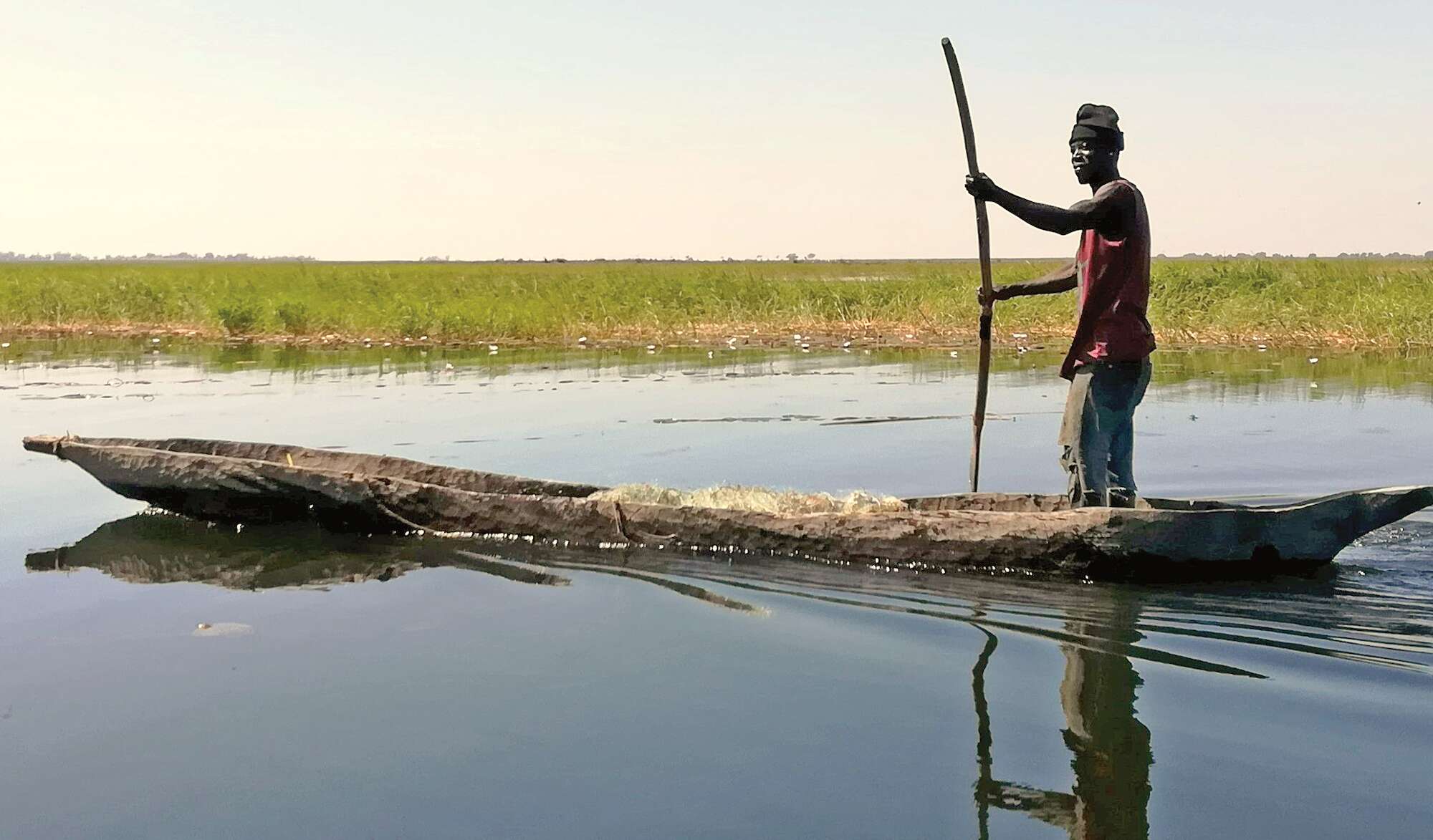
Fresh water is a precious and scarce resource in Namibia, but its value is not limited to what we can drink. Namibia's natural river ecosystems and artificial dams host 137 fish species. Fish are a key source of protein and income for people living in the north-central and north-eastern parts of the country, while recreational fishing on the dams and rivers contributes to tourism. A ground-breaking new book sponsored by the Namibian Chamber of Environment presents the latest scientific knowledge of Namibia's inland fishes and their management.
This 367-page book edited by Glenn Merron and Charles Hocutt features 14 chapters penned by 10 expert authors. It is accessible for readers that don't have a scientific background, with introductory chapters on basic fish ecology, measurements and classification, and a glossary at the back that defines technical terms. Whether you are directly involved in fisheries management (in rivers, dams or fish farms), enjoy fishing in Namibia's rivers and dams, or are interested in freshwater ecosystems and Namibian fishing practices, this volume will make a fine addition to your bookshelf.
Explaining fish distribution in Namibian water bodies

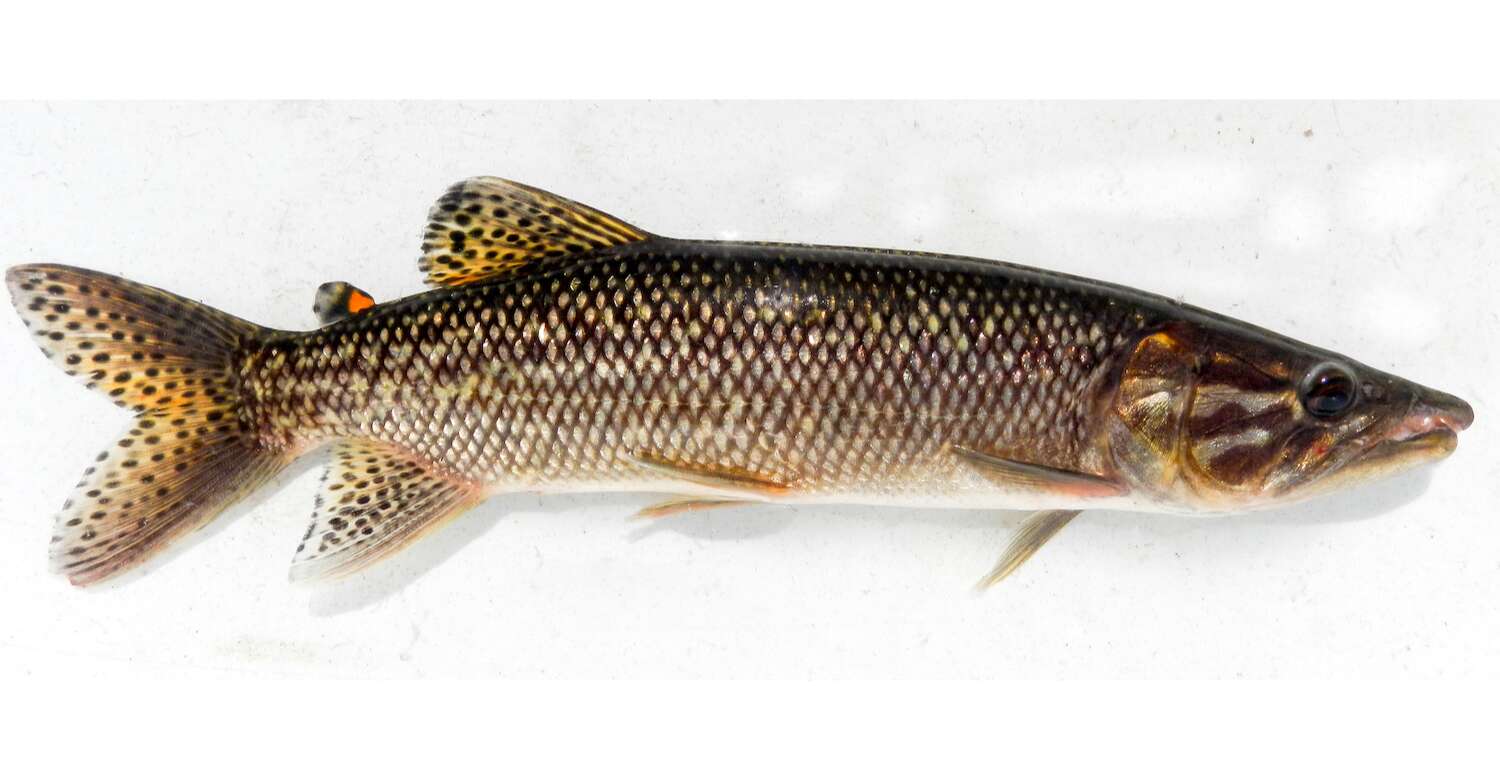
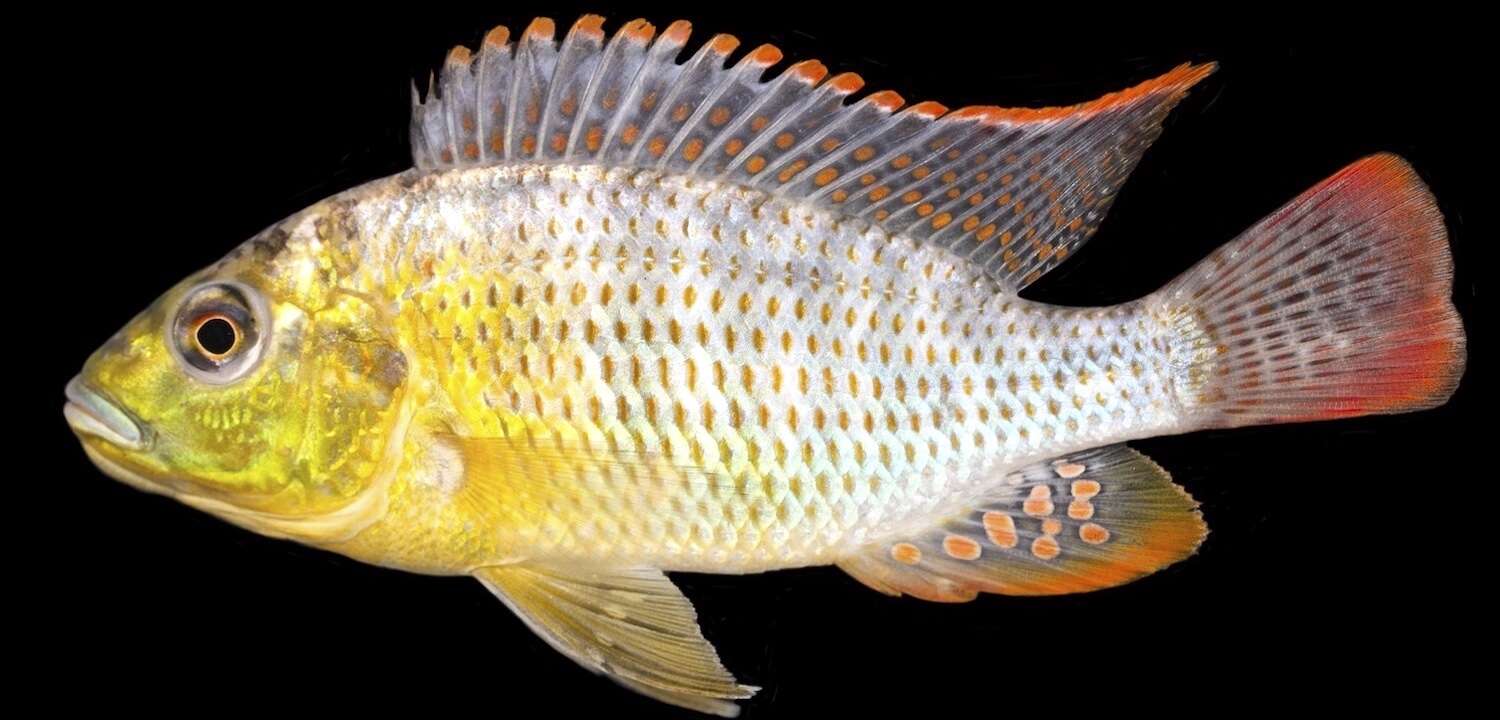
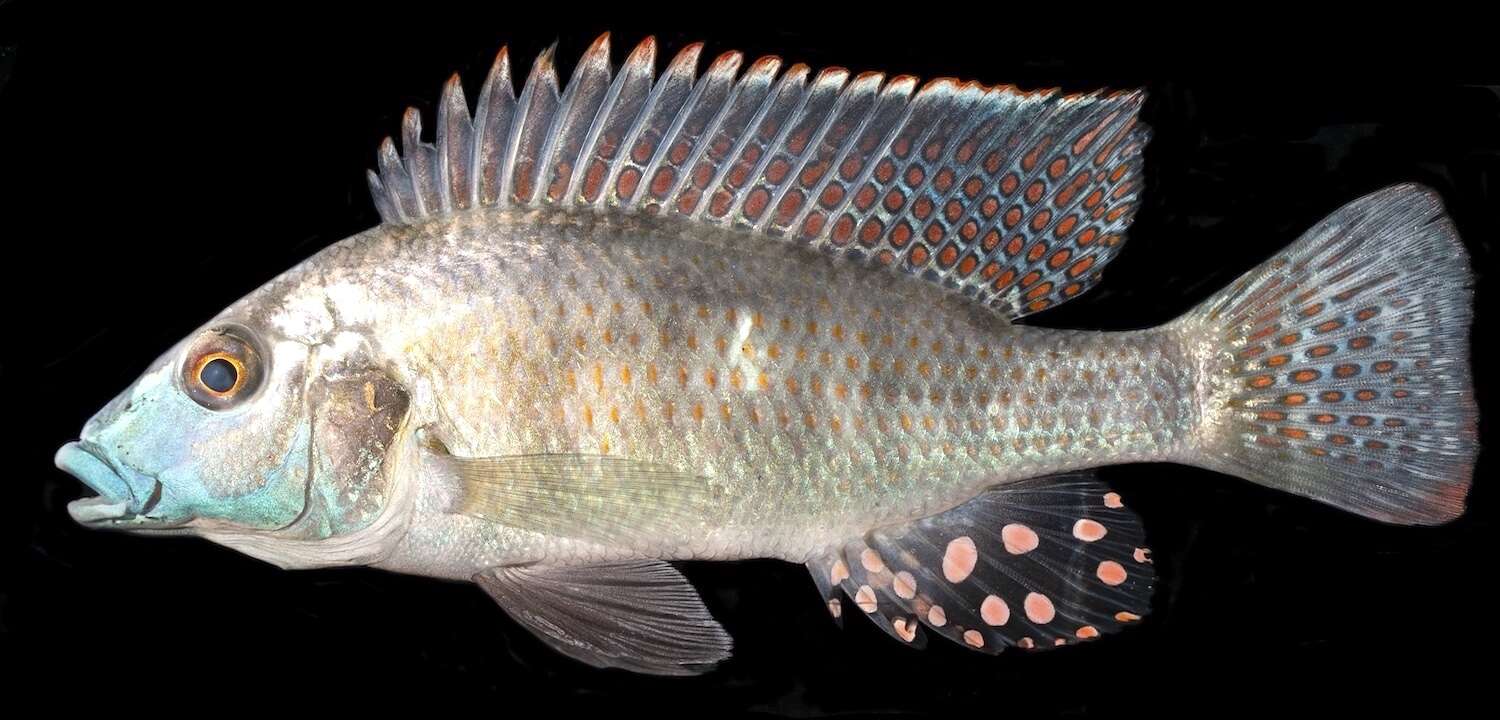
Understanding the current natural distribution of Namibia's fish requires knowing the geological history of the perennial rivers that flow mainly along the borders of this arid country. Chapter 3 shows how the Kunene, Kavango and Zambezi Rivers came into being and changed their courses as southern Africa changed shape and dried up over its geological history. These northern perennial river systems support most of Namibia's fish and are therefore the main subject of fisheries management for both subsistence and commercial purposes.
The Orange River system in the south has a different history to the others and although this system has been hugely modified by humans along its course (particularly in South Africa), it still hosts six species that occur in no other river. Most of the fishing along the Orange River in Namibia is for recreational purposes.
Few fish species can survive in Namibia's ephemeral rivers that flow only after good rains, although they persist where small pools of water or mud remain year-round along the riverbed. Where these rivers have been blocked by walls, the resulting dams provide an artificial refuge for fish. Many of Namibia's dams have been stocked with non-native (e.g. Largemouth Bass and Common Carp) and indigenous fish species, mainly to support recreational fishing.
Lake Otjikoto and Lake Guinas are the only permanent natural lakes in Namibia, both of which were created by deep sinkholes in the limestone near Tsumeb. These unique water bodies host the endemic Otjikoto Tilapia, while the nearby Aigamas cave is the only known habitat for the Cave Catfish.
The Cuvelai River system is so unique and important for people living in the north-central part of Namibia that it gets its own chapter. During the rainy season, the water from the Cuvelai and Mui Rivers in southern Angola flood thousands of shallow channels (known as iishana; singular, oshana) that enter Namibia. In good years, the water may reach Etosha Pan, turning it into a magnet for flamingos until it dries up in the dry season. During annual floods, the iishana contain plenty of fish and frogs that local people harvest. Similarly, the shallow Lake Liambezi in the Zambezi Region provides abundant fish when it is flooded, although this only happens during exceptional rainy seasons (it last contained water in 2017).
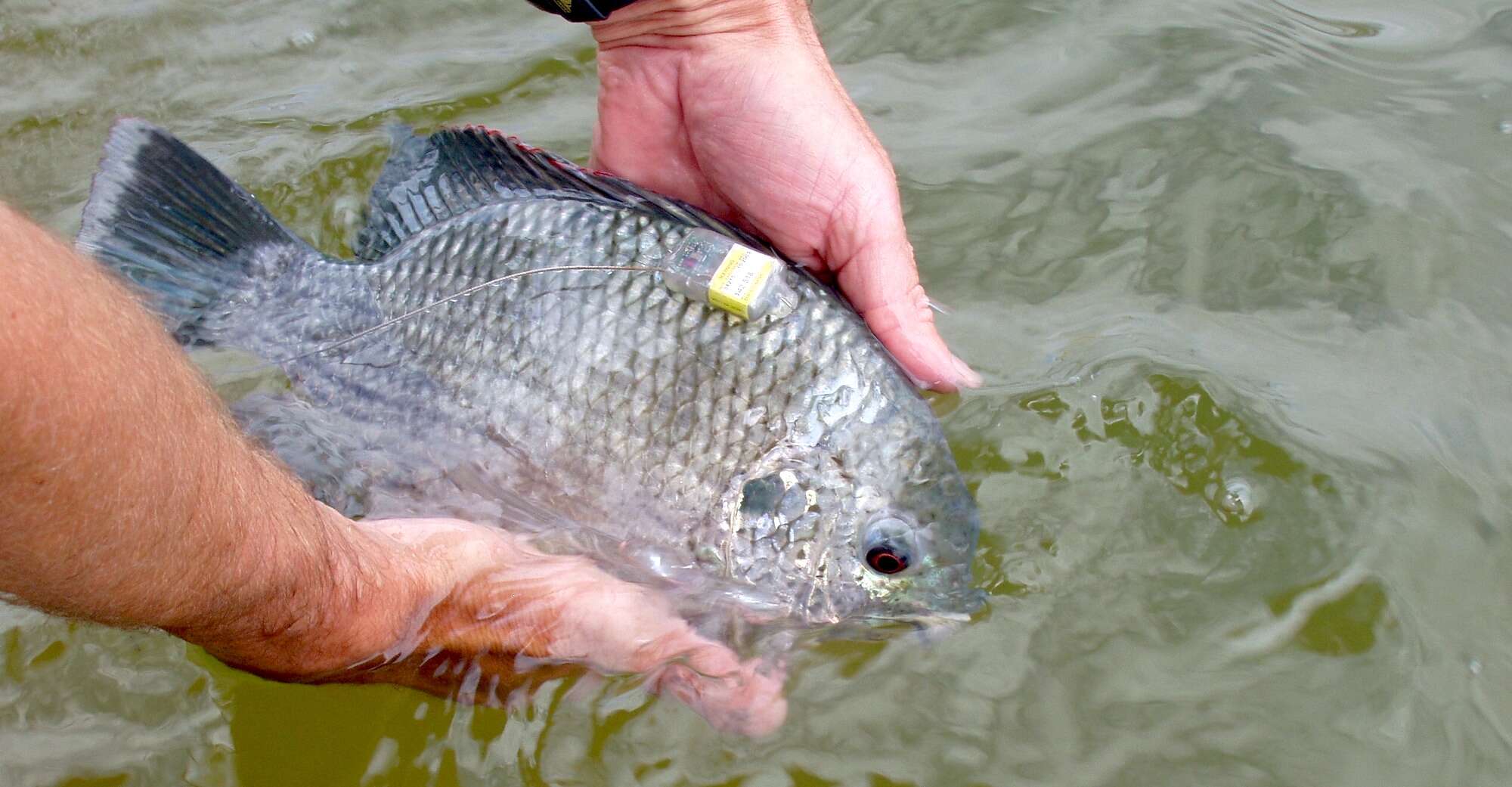
Knowing more about fish and fisheries improves management decisions
The book provides full-colour photographs and as much detail as possible on each fish species occurring in Namibia. The authors note that six recognised fish species are still undescribed – i.e. we do not have basic biological and ecological information for them. All of the remaining species are covered in the book, with information on body measurements, unique identification features, what is known of their ecology, and whether or not they are fished for subsistence, commercial or recreational purposes. The 12 non-native fish species have a dedicated chapter, which includes alien plant and crayfish species that threaten Namibia's freshwater ecosystems.
Understanding the fish and their freshwater habitats provides the basis for fisheries management, which is the main subject of Chapter 8. Namibia's community fisheries reserves, located in the productive northeastern rivers, are critical for the long-term sustainability of this resource. While many local people fish for their own households and may sell excess catches at local markets, increasing commercial fishing for markets elsewhere in Africa are cause for concern. Fisheries reserves allow local people to combine their traditional knowledge with science to develop their own rules and regulations regarding where, when and how fish can be caught in specific parts of the river.
The methods used to catch fish are of particular importance, as traditional fishing gear allows more fish to escape than modern nets – especially the illegal monofilament nets and mosquito nets. The influx of monofilament nets during 2010-2018 led to fish declines that in turn made fishing with traditional gear less effective. The fisheries reserves seek to reverse these trends by establishing and policing strict no-fishing zones where necessary and ensuring that only legal gear is used outside these areas. Chapter 9 details the many traditional and modern fishing methods used by Namibians across the northern river systems.
Freshwater fishing is a popular sport for many Namibians and visitors to the country. Fishing-related tourism is an important source of income for lodges in the northeastern parts of the country, which in turn provide jobs and contribute to the local economy and nature conservation (when located in communal conservancies). Tigerfish are particularly sought after quarry in these rivers, as they are known for their fighting spirit once hooked. During fishing competitions, the size and weight of fish that are caught are recorded prior to their release, providing useful information that is presented in Chapter 10. Since most of this fishing is catch-and-release, recreational fishing does not pose a threat to subsistence and commercial fishing.
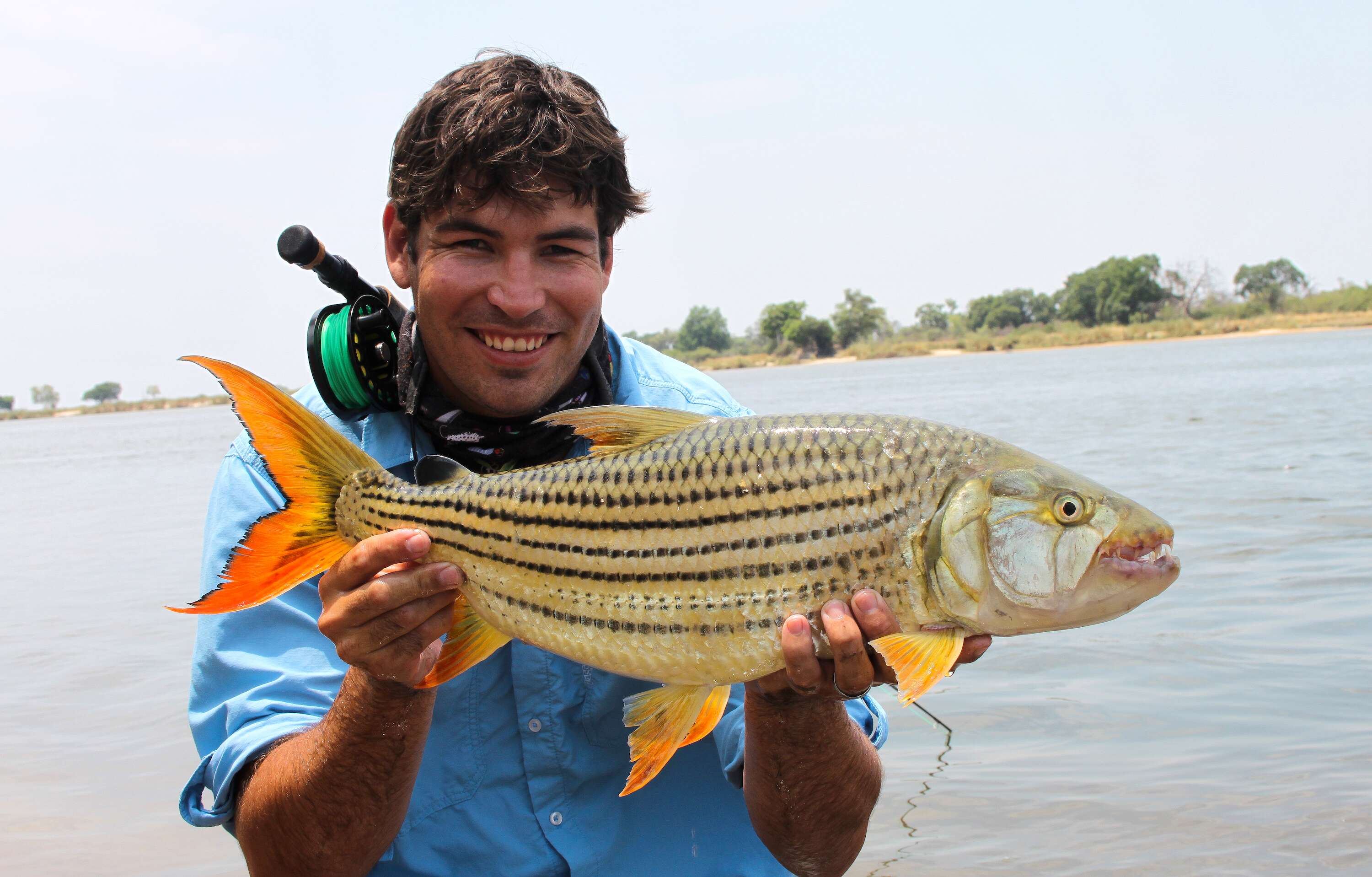
Monitoring the state of fish populations and the overall health of Namibia's freshwater ecosystems, the subject of Chapter 11, is an important task that requires partnerships across government, academia, support organisations and fishing communities (both recreational and subsistence). The information provided by long-term monitoring needs to inform national plans relating to fisheries regulations, agricultural and urban developments along rivers, and adaptation to climate change. Since these sectors fall under different ministries in Namibia and its neighbouring countries, the authors of this chapter call for inter-ministerial cooperation nationally and cross-border coordination with neighbouring countries. While the Ministry of Fisheries and Marine Resources should take a leadership role, it will need to work with ministries in other sectors.
Chapters 12 and 13 cover aquaculture and fish diseases and parasites, respectively. Although wild fish do get sick in natural conditions, major fish die-offs due to disease, pollution or climatic conditions pose a serious economic threat to fish farmers. These chapters are therefore essential reading for those wanting to venture into aquaculture privately, or for government planners that are considering how best to support this industry. While commercial-scale aquaculture projects face many difficulties in Namibia, small-scale fish farms using indigenous species under natural (e.g. isolated pans) and semi-natural conditions (e.g. by blocking iishana channels) show some promise to increase food security.
The final chapter uses the information supplied in the rest of the book to make important recommendations for conserving Namibia's inland fishes and fisheries. In light of the dependence of communities in northern Namibia on fish for food security, nutrition and livelihoods (including work in fishing tourism), the long-term sustainability of this resource should be a national priority. At the transboundary level, the Namibia Nature Foundation is leading efforts to replicate the community fisheries reserve model in neighbouring countries, although there is much work to be done to align development agendas and regulations across borders.
A resource for scientists, fisheries managers and fish-loving Namibians
Inland Fishes and Fisheries of Namibia is dedicated to Dr. Burger Oelofson, former Director of Fisheries Resources at the Ministry of Fisheries and Marine Resources. This book marks an important moment in Namibian research and conservation on this topic. The data presented here provide a baseline for future monitoring and will doubtless be a resource for students and fisheries scientists. Fisheries managers and those interested in aquaculture can use this as a handbook for fish identification and apply the management recommendations in their work. The average fish-loving Namibian will find it to be a treasure trove of insights into the past and present state of Namibia's freshwater ecosystems and the fish that swim in these waters.
Where to get a copy
You can obtain a copy of Inland Fishes and Fisheries of Namibia from the Namibian Scientific Society, from Book Den, from Gondwana lodge shops in the north (those on the Kavango, Kwando, Zambezi and Chobe), and from Namibia Book Market (which distributes to bookshops nationwide).
The full book can be downloaded as a PDF from the EIS here: http://the-eis.com/elibrary/search/33054. It is also available in flipbook format: https://heyzine.com/flip-book/ddb332f466.html.
If you enjoyed this page, then you might also like:
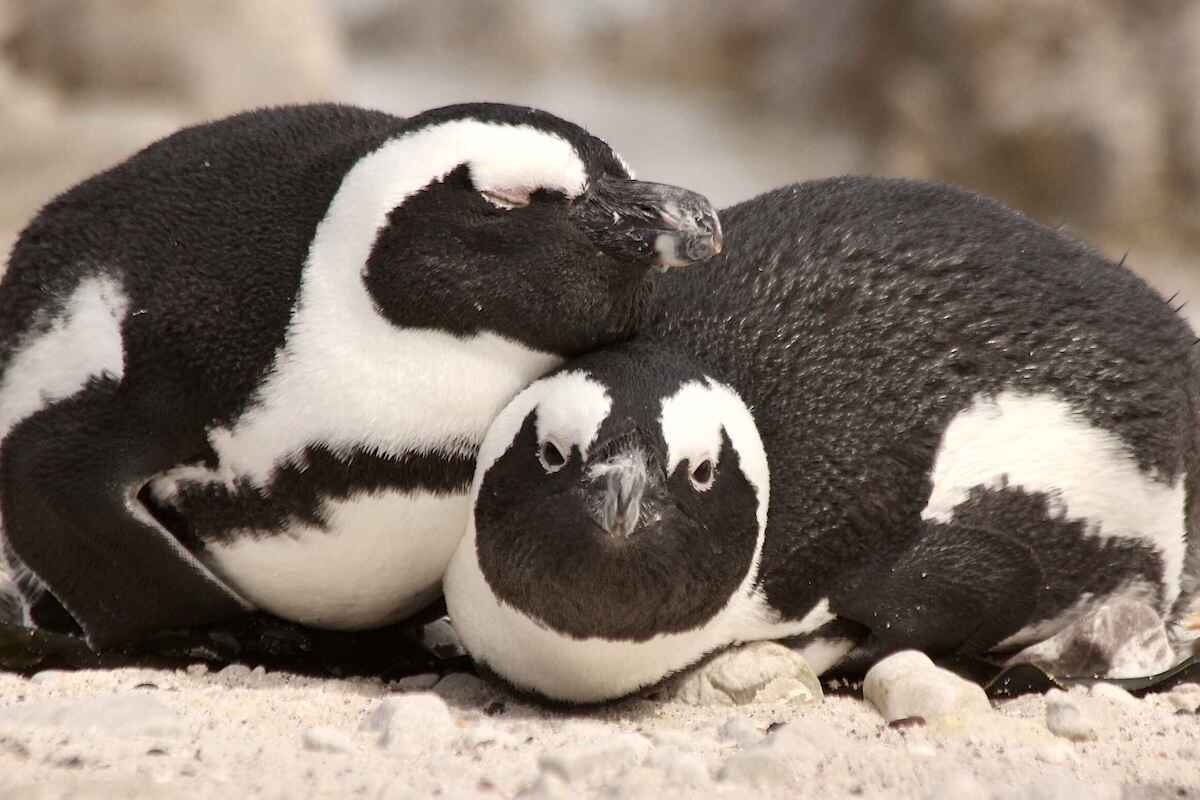
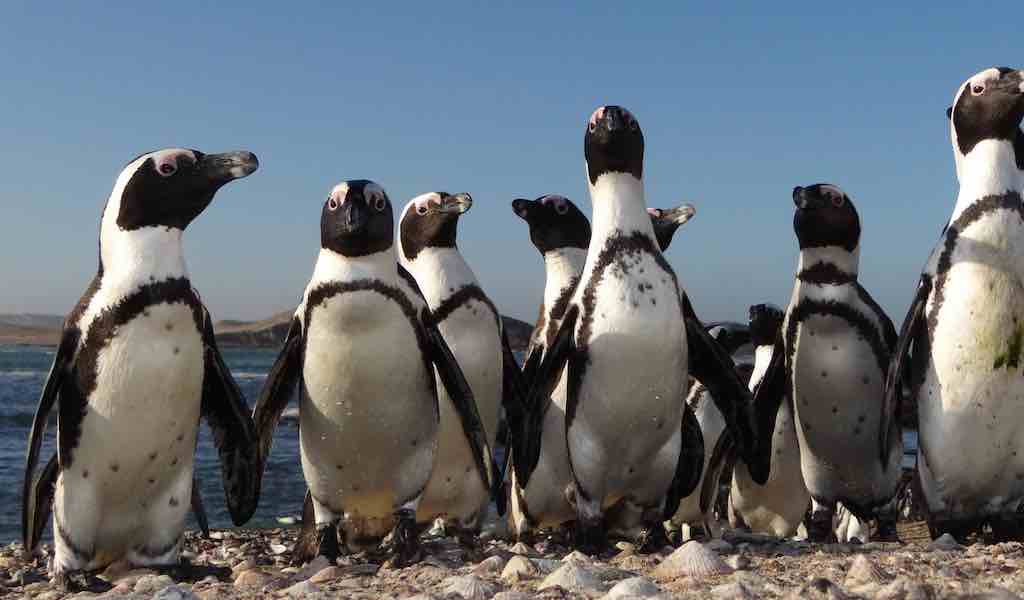

For articles on similar topics, please click one of the following options:

We use cookies to monitor site usage and to help improve it. See our Privacy Policy for details. By continuing to use the site, you acknowledge acceptance of our policy.